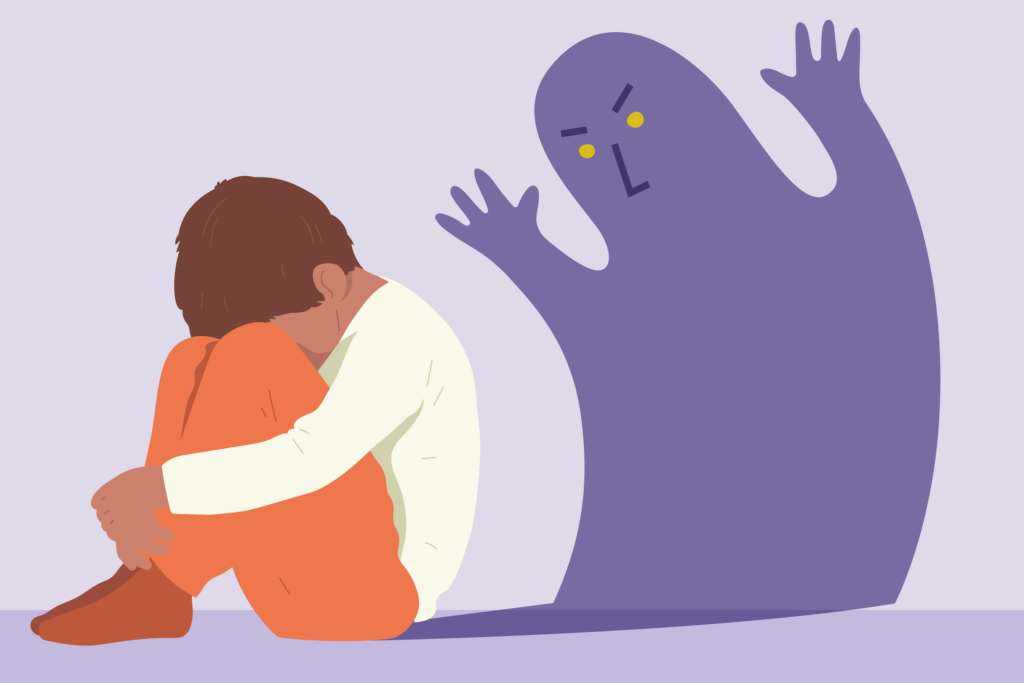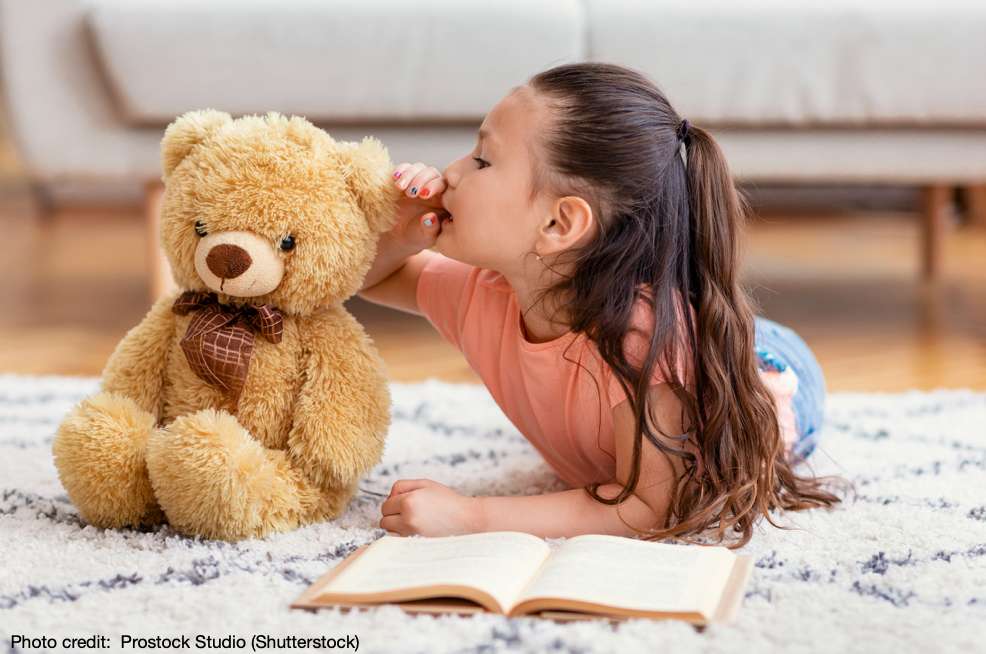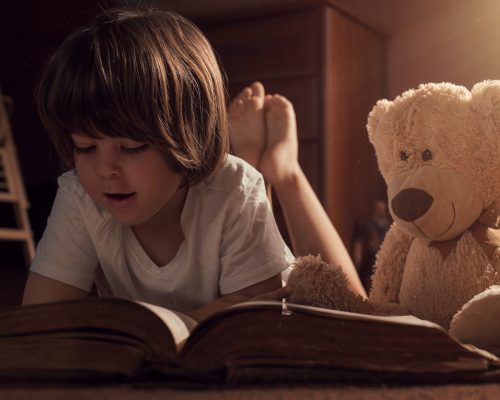“Invisible Companions: Encounters with Imaginary Friends, Gods, Ancestors, and Angels” by J. Bradley Wigger (Stanford University Press), 2019.
It is not easy writing a book on the imaginary friends of children (or their favorite foods, or popular television programs or hobbies and interests.) Part of the problem is that children who are 2-3 have much different perceptions than children in the 4-5 year old age group, and there are also cultural and national differences. So, I will try to be as specific as I can. It will take me a few days to polish this off, but I want to open it up in the meantime in case I have something inspiring to add.

J Bradley Wigger has written a very readible book on invisible (imaginary) companions. It is well-written with an annotated bibliography at the end. He anchors his research to the famous Swiss developmental theorist Jean Piaget, who came before him, and discusses the abilities and expectations of children at certain ages. Children at certain early stages cannot answer questions that are intutive to them at a later age. A child of four, for example, may readily agree that she has a brother named Tom, but if you ask her whether Tom has a sister, she may not be able to answer. She can relate in terms of herself, but not in terms of her brother.
There is a certain progression of tasks that children must master as they develop and progress from infancy to toddler to preschool stage. These tasks include:
- Understanding “wanting”: The first step is the realization that others have diverse desires, and to get what they want, people act in different ways.
- Understanding “thinking”: The second step is the runderstanding that others also have diverse beliefs about the same thing, and that people’s actions are based on what they think is going to happen.
- Understanding that “seeing leads to knowing”: The third stage is recognizing that others have different knowledge access, and if someone hasn’t seen something, they will need extra information to understand.
- Understanding “false-beliefs”: The fourth stage is being aware of the fact that others may have false-beliefs that differ from reality.
- Understanding “hidden feelings”: The final stage is being aware that other people can hide their emotions, and can feel a different emotion from the one they display.
Not every child always masters the more difficult steps. Children with Aspergers Syndrome, for example. Or adults who depend on conspiracy theories and the twisted thinking of others (e.g. Q) to decide their own mind and worldview. Essentially, if you see the world as a dangerous place and people as deceitful, you will not have a happy life (confirmation bias). Plus, you will likely seek out others who share your outlook. But for normal children, these five bullet statements and other problems such as family dynamics, relationships, a child’s place in the world, etc. are some of the areas where an imaginary friend can be useful to a child. Again, children with imaginary friends score higher on Theory of Mind (ToM) tests than children with no imaginary friend, so imaginary friends must serve some useful function.
“Put simply, imagination is the ability to create visual images in the mind’s eye, which allow us to explore all sorts of images and ideas without being contrained by the limitations of the physical world. This is how children begin to develop problem-solving skills, coming up with new possibilities, new ways of seeing and being, which develop important faculties in critical thinking that will help the child throughout life.”
Sally Goddard Blythe, “The Genius of natural childhood:swecrets of thriving children“
Role of imagination in children
Imagination is a vital resource that children tap into. In the words of child psychologist Sally Goddard Blythe, director of The Institute for Neuro-Physiological Psychology “Put simply, imagination is the ability to create visual images in the mind’s eye, which allows us to explore all sorts of images and ideas without being constrained by the limits of the physical world. This is how children begin to develop problem-solving skills, coming up with new possibilities, new ways of seeing and being, which develop important faculties in critical thinking that will help the child throughout life.”
There are some anecdotal comments I found humorous as I read Wigger’s book, and that of Majorie Taylor who he seems to recommend.. One was a child of unknown age who said: “I know that Big Bird isn’t real. That’s just a costume. There’s just a plain bird inside” (Taylor, 96.) Some children refused to change clothes with the television on because they did not want the person in television to see them undressed. Other children aged 2-3 believe that if the television shows a bowl of popcorn on a table, and an adult turns the television upside down, the popcorn will spill out. But most children as young as two understand what is real from what is not (i.e., that which is imaginary.) Unfortunately, many adults haven’t graspsed this concept yet. When Robert Young played Dr. Marcus Welby on television, he receive over a thousand letters a week from adults asking him for medical advice (Taylor, 97)
Examples of imaginary friends
This sort of topic likely gives pause to Christian and non-Christian parents alike. You have to wonder what the imaginary or invisible “friend” might be saying to your child. Imaginary friends cut across cultures (Africa, America, Asia, Australia, etc.), and about one of four children admit to having an imaginary friend (girls as well as boys.). There are some differences, but all in all, they do not seem to be statistically significant differences. The friends can be toys, legendary beings such as Santa Claus or Winnie the Pooh; they can be animals (41%) or people (57%), sometimes of different races. Rarely they can be malignant or threatening to the child. But just having an imaginary friend frequently places the child higher on certain developmental exams such as Theory of Mind. The ToM tests measures not what a child knows about their own mind as much as what they can glean about another person’s mind.
Research from the University of Washington confirms this:
- “While preschool girls were more likely to have an imaginary companion, by age 7 boys were just as likely as girls to have one.
- 27 percent of the children described an imaginary friend that their parents did not know about.1
- 57 percent of the imaginary companions of school-age youngsters were humans and 41 percent were animals. One companion was a human capable of transforming herself into any animal the child wanted.
- Not all imaginary companions are friendly. A number were quite uncontrollable and some were a nuisance.”
A few were positively evil.
Some researchers conclude that a good deal of thought by the child is given to the nature of the friend. Bender and Vogel writing in the American Journal of Orthopsychiatry note: “The form and content of the phantasies are specific in each instance for the problems of the individual child. When the child relates the phantasy, we are given a clear insight into his problems and needs, even if all the details of the situations which called forth the mechanism are not known” (p. 56ff)
Imaginary friends are interpreted differently in some parts of the world. Take the Indian subcontinent. India is a notable exception, as reasearch Antonia Mills discovered.
“Mills found that when Indian children talk to entities, that adults cannot perceive, the entity is referred to as invisible rather than imaginary. The assumption is that the child is communicating with a very real being who exists on a spiritual realm or is part of the child’s past life. Mills identified 49 cases in India of parents who claimed their children had memories for past identities.”
(Taylor:115, 116)

This is undoubtedly because of the Hindu belief in reincarnation. Wigger notes that invisible friends can be angels or “other” spirits. He notes that he speifically avoided terms like “demon” when speaking to children so as not to alarm them. But perhaps the tradeoff here was that he never could know precisely what a child was referring to when the word “spirit” was used. Did the child mean a dead relative or a demon? Even the word demon has different definitions in some societies.
Wigger’s book could have been stregthened by including indepth case studies of individual children, perhaps over time. Personal, probing questions might have been more useful than generalizations and summary statistics. Most children abandon their imaginary friends, often abruptly, but a small subset continue to derive usefulness from these invisible friends while adults. Here, Taylor succeeds as she mentions paracosms (imaginary worlds) and that some older children created them for themselves or for their imaginary friends to dwell. A total of 28% of 16-17 year-olds mentioned imaginary friends in their diaries.
Are imaginary friendships healthy?
Having an imaginary friend is both normal and healthy for children, and eventually most children abandon their friend or their friend disappears. It does not indicate any mental health issue (e.g. schizophrenia.)
When imaginary friends create problems

Four or five years ago I was contacted by a friend. A mutual acquaintance had an infant (first born) who was almost a year old and who would cry every night when put to bed for the evening. The child’s pediatrician ruled everything else out (e.g., colic), and could only guess that it was a form of night terror. The child’s parents tried everything they knew to address the child’s fears.
The mother’s parents had become foster parents around that time for two girls, one was around eight and the other fourteen or fifteen. The younger child had an invisible friend named “Caleb.” Caleb “dressed strangely,” appeared young from a distance, and wore a hoodie or a cowl that partly covered his face, according to the girl. As you got closer to him, he seemed much older and his visible face took on a frightful aspect. Still, they interacted regularly. But eventually Caleb became more possessive, controlling and demanding towards the young girl.
Once night, while the baby was crying particularly loud, the mother went to check on it and saw a figure resembling Caleb standing over the baby. She swept the baby up in her ams and left the room. She and her husband and parents prayed, and Caleb apparently disappeared. Compare this to another girl’s friend called Callum.
Romper lists eight warning signs for parents:
- When Your Kid’s Imaginary Friend Has An Interesting Back Story
- When Your Kid Prefers Imaginary Friends To Real Friends
- When Your Kid’s Imaginary Friend Becomes A Scapegoat
- When You Realize Your Kid’s Imaginary Friend Is An Important Memory You All Should Cherish
- When Imaginary Play Becomes Violent Or Inappropriate
- When Your Kid’s Imaginary Friend Is Mean
- When Your Kid’s Imaginary Friend Is Their Only Friend
- When Your Kid’s Imaginary Friend Is Really A Ghost
Conclusions
Like many things in life such as food, physical exercise, time alone and play time with others, computers and so on, imaginary friends are by and large wholesome. It is generally useful and welcome for the parent(s) to play along, even though it may be frustrating. As an example, Taylor recalls a small boy who believed in Santa Claus, ergo the reindeer as well (in for a penny, in for a pound, I suppose.) There were cookies for Santa that Christmas Eve, but nothing for the reindeer. The child was fairly alarmed, so the mother ran to the grocery store for a bunch of carrots, careful to choose those that still had green tops. However, the boy was not grateful, but rather agitated because there were only six carrots in the bunch, while Santa has eight reindeer.
Yet, there is ample room for parental supervision, guiding the child as he or she interacts with their friend. Parents garner more insight into the mind of their child and the child forges a closer realtionship with their parent.
Endnotes
1Other studies by D. Pearson, Rouse, et al. report that almost half of the population of children between the ages of 5 and 12 have had an imaginary friend.
Citations
Bender, L., & Vogel, B. F. (1941). Imaginary companions of children. American Journal of Orthopsychiatry, 11(1), 56–65. https://doi.org/10.1111/j.1939-0025.1941.tb05778.x
Children’s Theory of Mind and Evidence Selection. Children’s developing theory of mind and pedagogical evidence selection (Illustration–test item) https://www.semanticscholar.org/paper/CHILDREN’S-THEORY-OF-MIND-AND-EVIDENCE-SELECTION-of-Bass-Gopnik/9736b4bf709b9a2d41e82d1a01e4e7aaee95d7bc
Child: Care, Health and Development magazine. Prevalence of imaginary companions in a normal child population by D. Pearson, H. Rouse, S. Doswell, C. Ainsworth, O. Dawson, K. Simms, L. Edwards, and J. Faulconbridge, July 2008. https://doi.org/10.1046/j.1365-2214.2001.00167.x.
Taylor, Majorie, Imaginary Companions and the Children Woh Create Them. New York: Oxford University Press. 1999.
Wigger, Bradley J. “Invisible Companions: Encounters with Imaginary Friends, Gods, Ancestors, and Angels” Stanford, CA: Stanford University Press, 2019.


